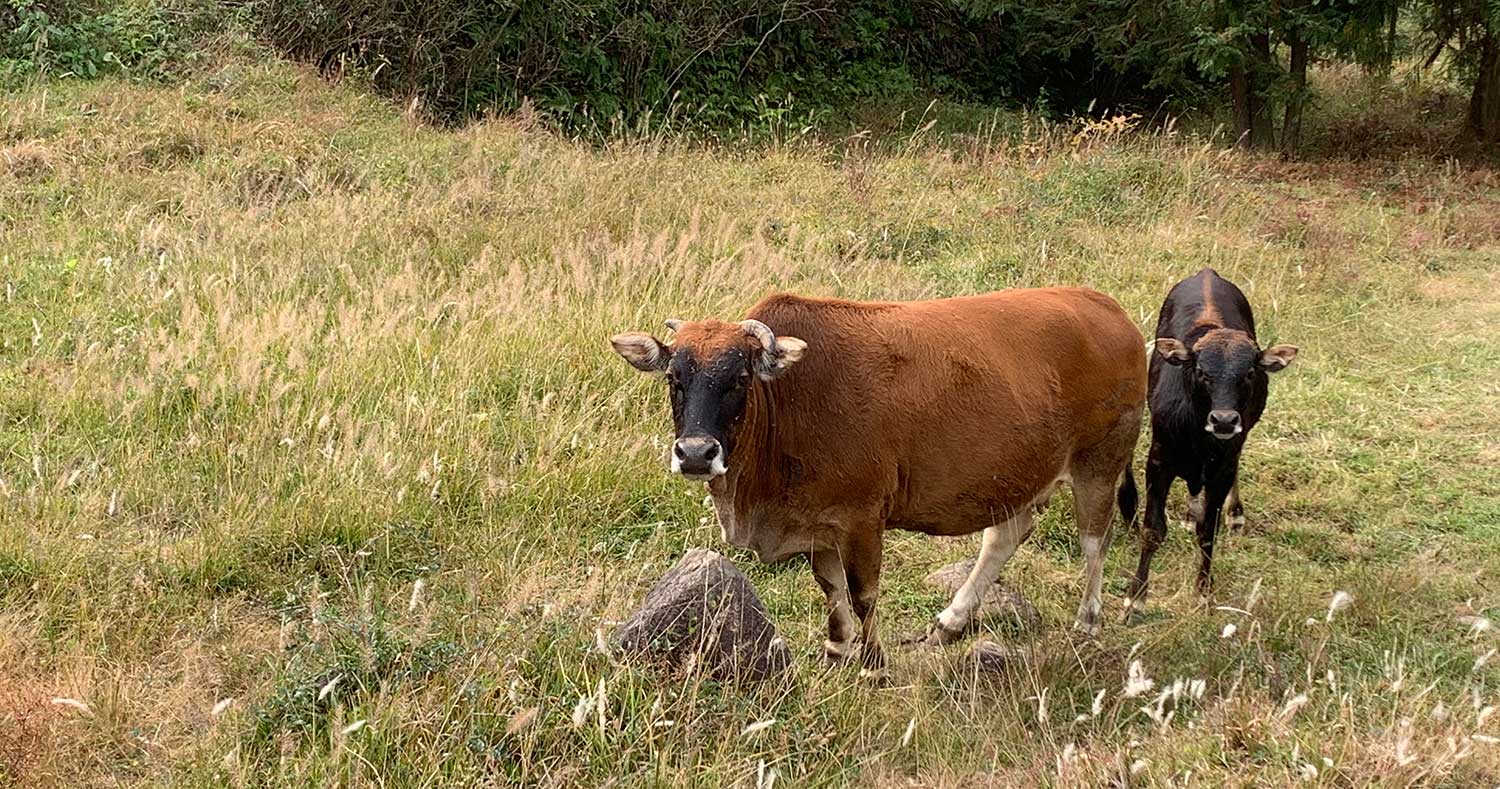- Login
Critical Spatial Practice

“Back to nature, then! That means we must add to the exclusively social contract a natural contract of symbiosis and reciprocity in which our relationship to things would set aside mastery and possession in favor of admiring attention, reciprocity, contemplation, and respect; where knowledge would no longer imply property, nor action mastery, nor would property and mastery imply their excremental results and origins.” Michel Serres, The Natural Contract, (1995)
The traditional map summarises an area but it confines the viewer to a rational anthropocentric discipline of mapping. However, Making Maps I attempts to develop a more chaotic codification of space, one that is a variable, silent, moving image map. The aim is to lead the viewer on a journey without a destination, in which they become aware of the animals that inhabit this journey and architectures that are out of place rather than in place, and in so doing to make a methodological derivation through the relevant theories of psychogeography. The Making Maps project emphasises a collective aspect, hoping that more viewers will join in, and use their own practices to build their own perceptions of place and write their own specific maps.
The human being is neglected in this map, and his or her absence can be seen as a certain kind of contract with nature, in which the human is absented in exchange for a larger planetary horizon. However, the question remains, do these parasitic architectures in the mountains and forests take up so much space in place of people that they became an anachronism? We may never know how animals perceive and understand these architectures, and we may be just piling up solid waste there. It is essential for us in modernity, that we reflect on a relation between humans and animals, in which humans are not superior to other beings. How we think about this relationship becomes incredibly important to the future of life on earth.
Clips from Making Maps I —
Sam Zheng is currently active as a writer and researcher in the humanities and arts, based between China and the UK. He received an MRes at Central Saint Martins, the University of the Arts London, and plans to develop a PhD project in the future.
As a moving image maker, Sam’s artwork has been exhibited in Los Angeles, London, Nanjing and elsewhere. Since 2018 he has been a co-director of the Black Cat Art Group and has initiated a curatorial project on world experimental documentaries with Deedee Cao. Sam is currently working on curatorial research on the Berlin society and the Kaiserpanorama between 1880 and 1939, in which he tries to challenge the memory medium of the past in this project.
Sam Zheng is trying to establish a five-sided interdisciplinary methodological system including philosophy, anthropology, psychoanalysis, art and human geography, that tries to confront the complex discourses of modernity. Sam regards moving image writing as a spatial practice, one that discusses the diverse relationship between place and the moving image in anticipation of developing a post-human prophecy of place.
Jacques Derrida, The Animal that therefore I am (Fordham University Press, 2008).
Elizabeth Grosz. Chaos, Territory, Art: Deleuze and the Framing of the Earth (Columbia University Press, 2008).
Superstudio, Twelve Cautionary Urban Tales, (1971).



































































